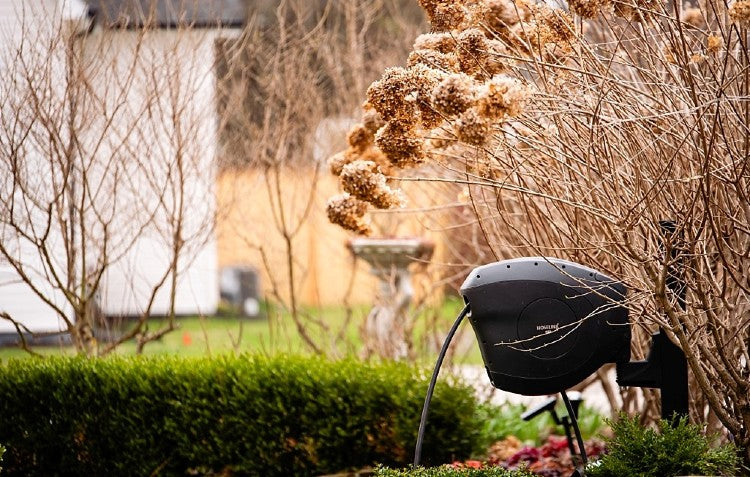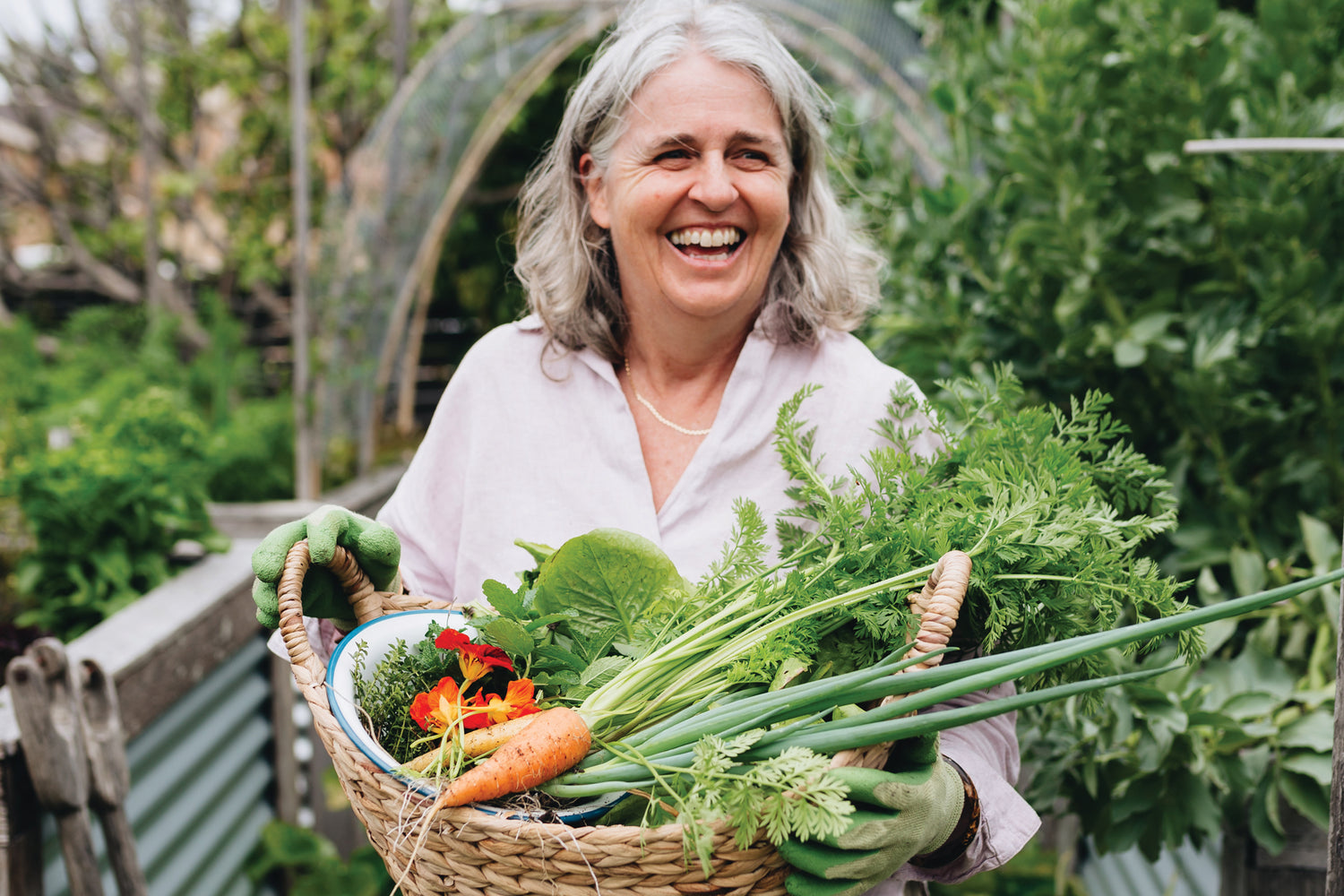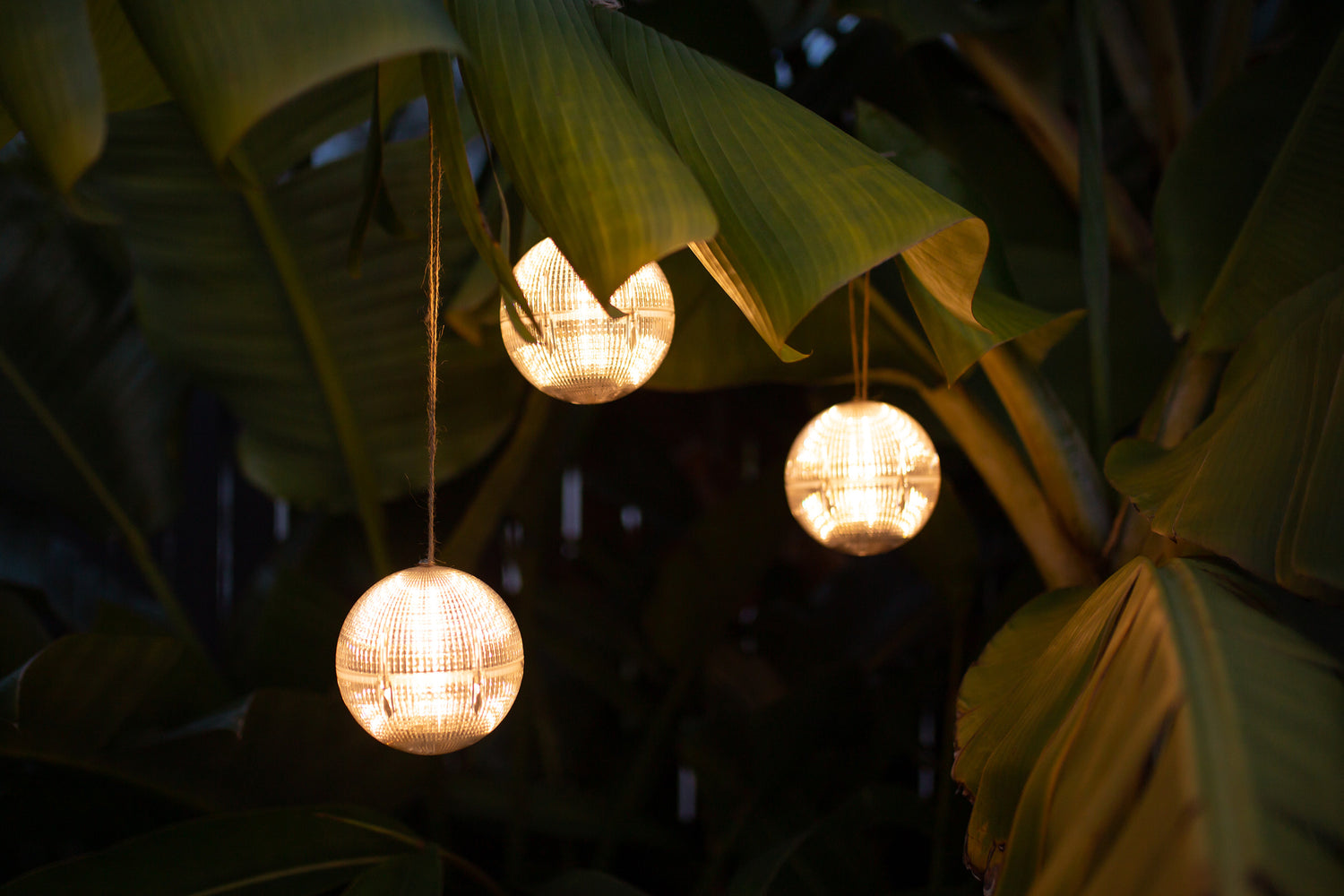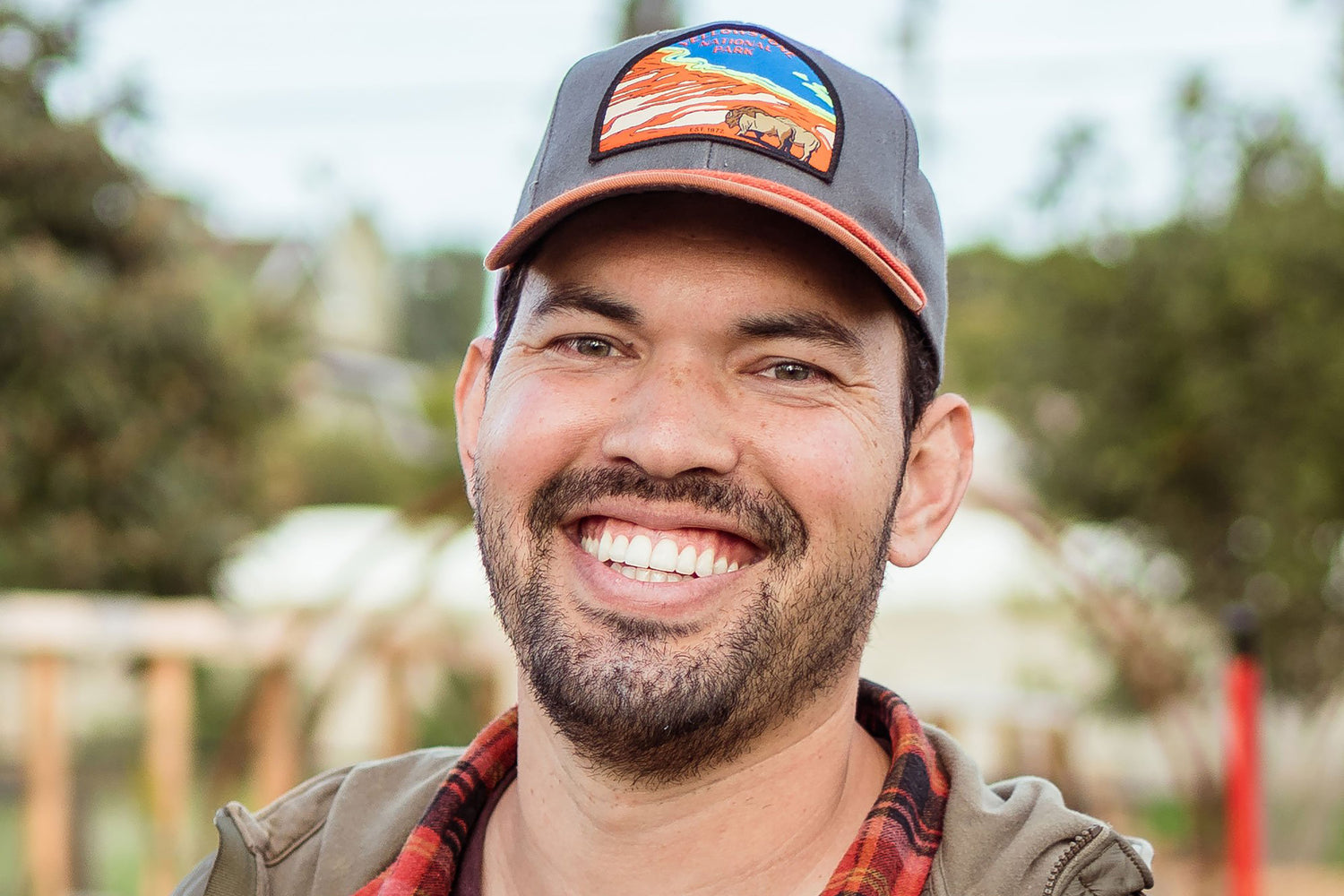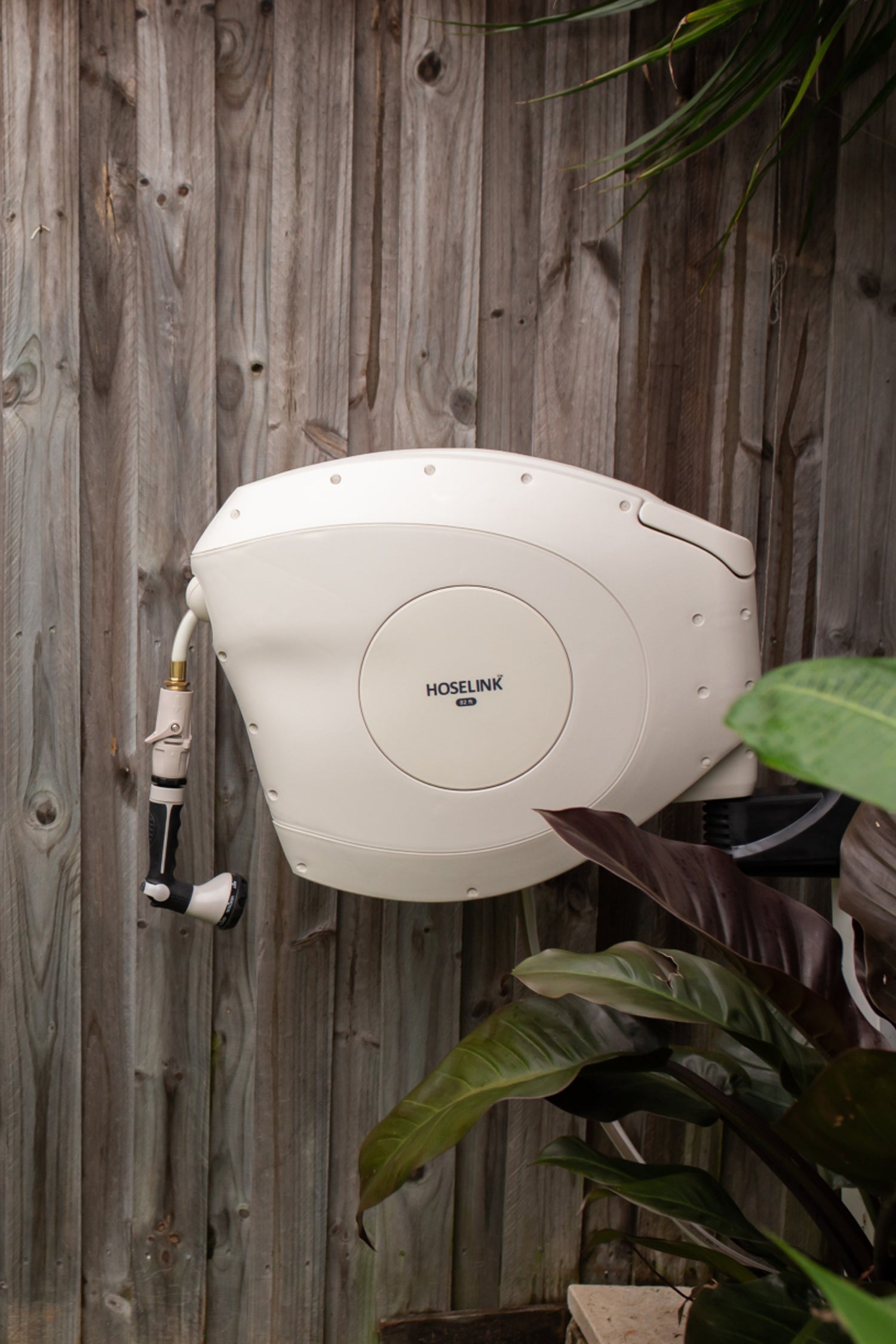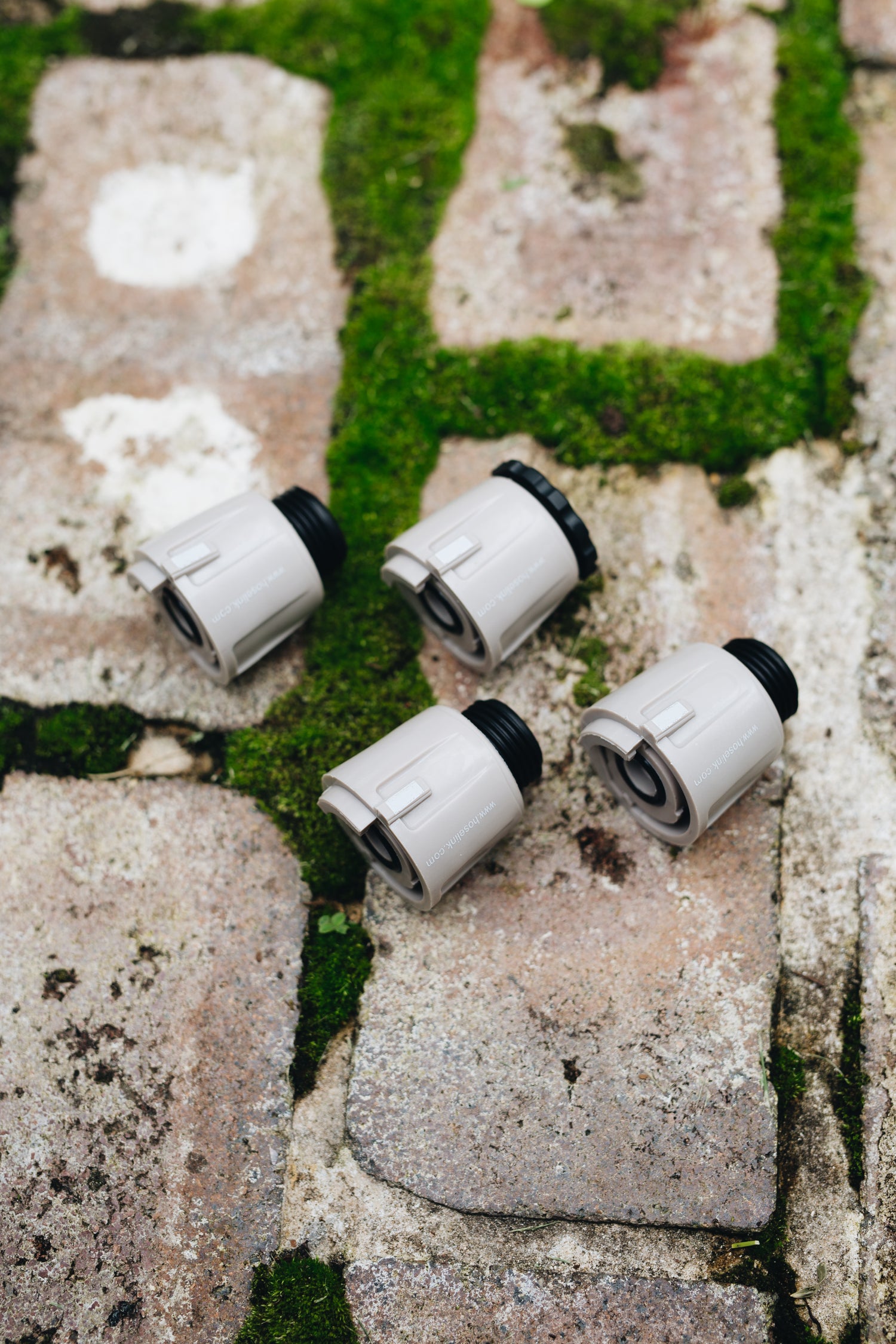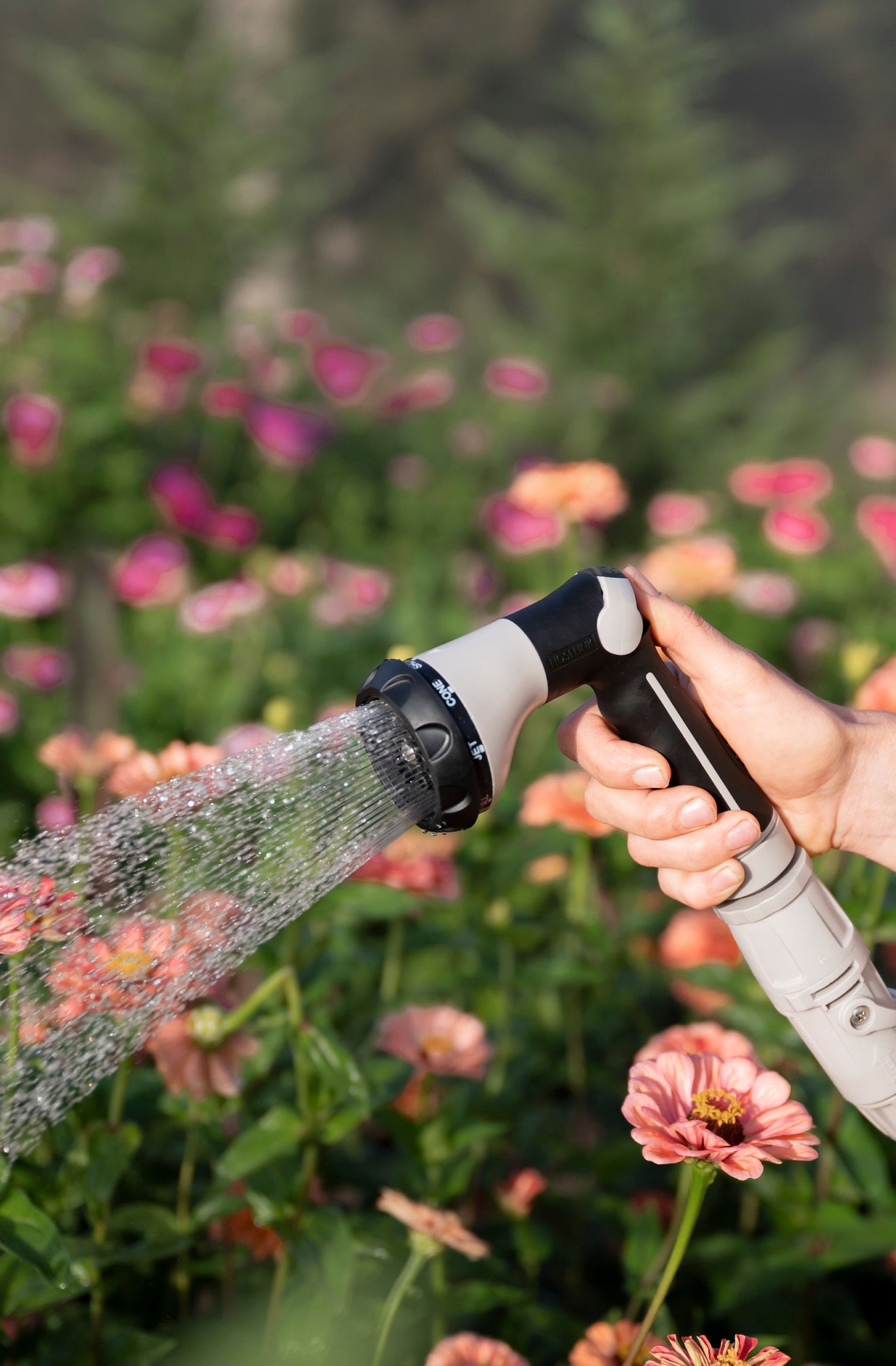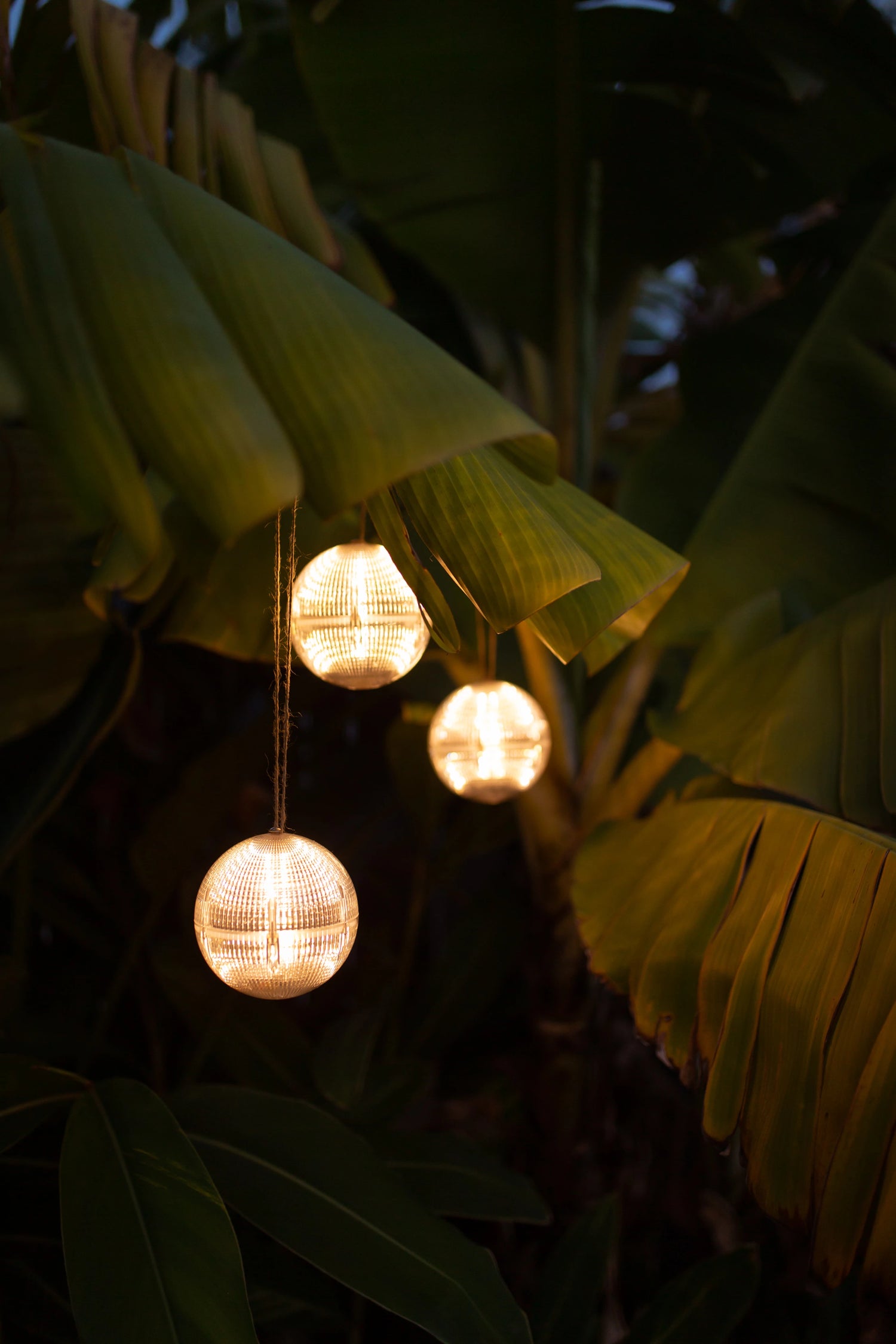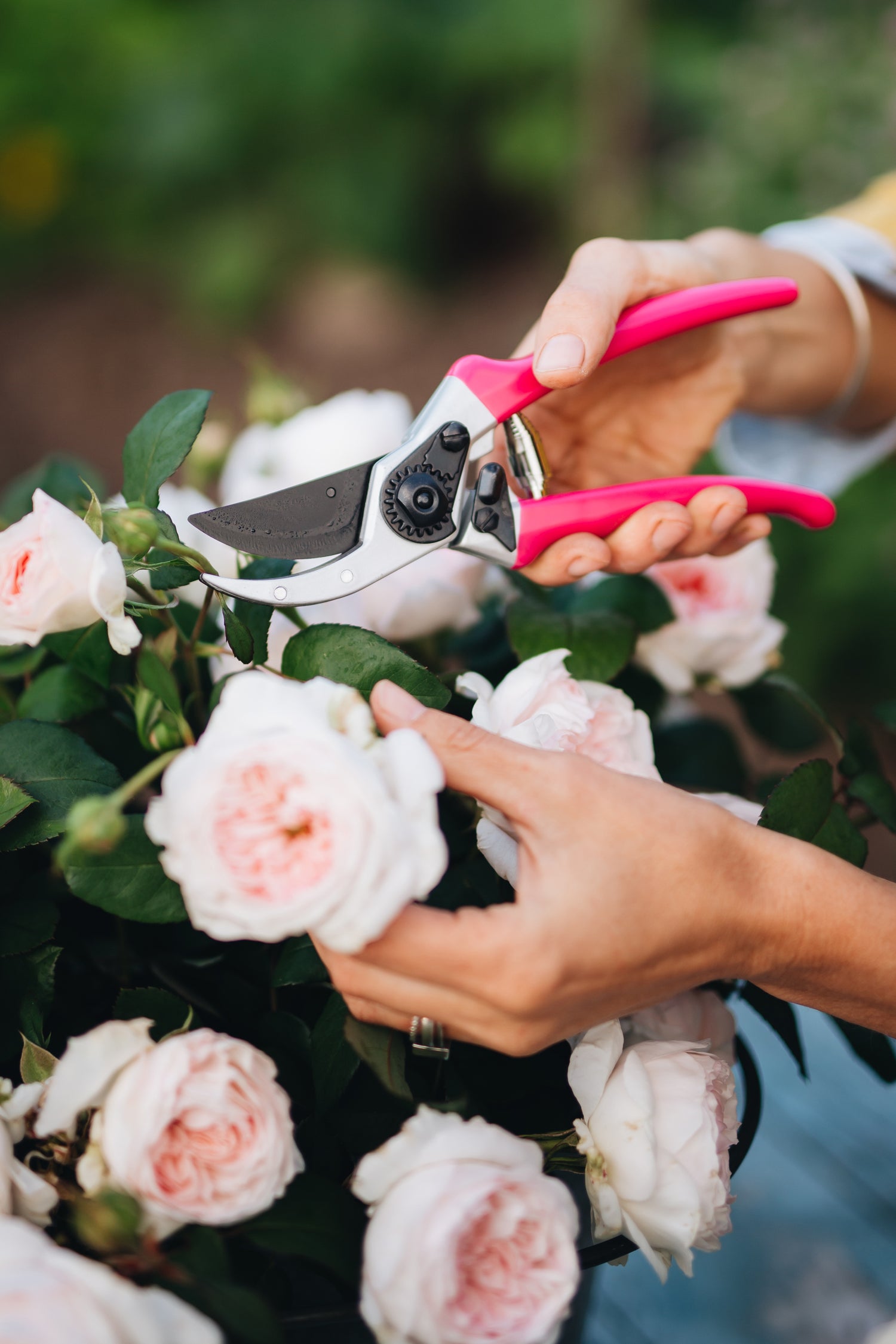So, as we impatiently get ready (and anxious) for some serious outdoor action, let's look at what's on our gardening to-do list this month. From dividing shrubs and perennials, to starting some things from seed, let’s figure out February gardening together.
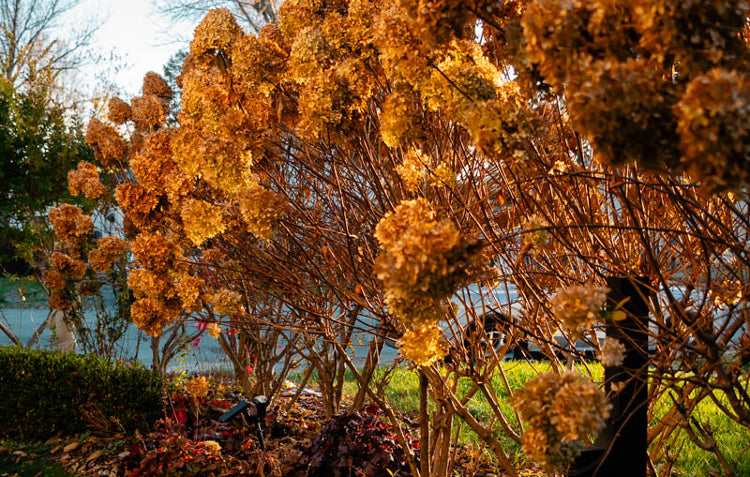
Ready to make the most of this in-between season without falling for the fake-out spring days? Let's get started!
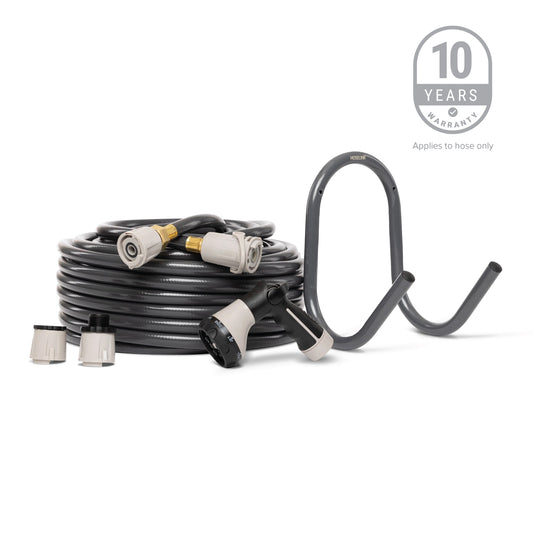
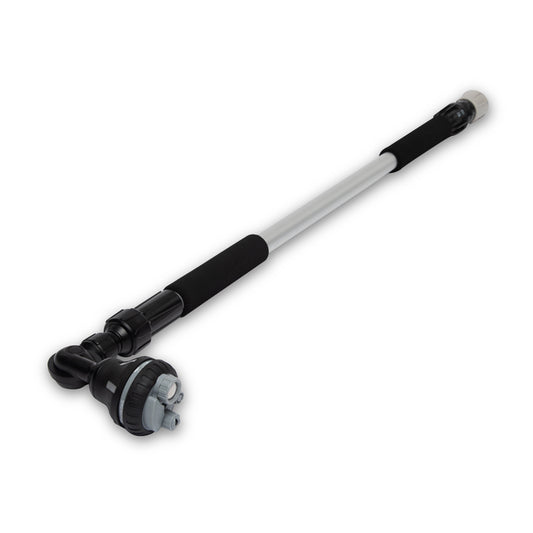
Moving / dividing Shrubs
Grab those pruning shears and your trusty old shovel, and get ready to give your green buddies a fresh start. Pick mature shrubs that have seen a few years but could use some breathing room.
For me, this is the perfect month to divide my Anabelle hydrangeas that were very happy last year and decided to spread like crazy. I will get a big chunk (roots and all) and start a new area with these lovelies on another side of my garden.
This month is like the Goldilocks zone—before new growth starts but when the shrubs are still dormant. Prep the new spot with well-draining soil and some compost for extra nutrients. Trim away the dead stuff to shape your shrub and make it more manageable for the move (Believe me, this will make things so much easier). When you're ready, dig deep and wide to scoop up as much of the roots as possible. Be gentle, though! Pop that shrub on a tarp or burlap for a smooth ride to its new home. Settle it in, water it well, and keep an eye on it for a while. Don't rush with the fertilizer; let your relocated shrub get cozy first. Embrace the February shuffle, and come spring, you'll have a garden that's all spruced up and ready to bloom!

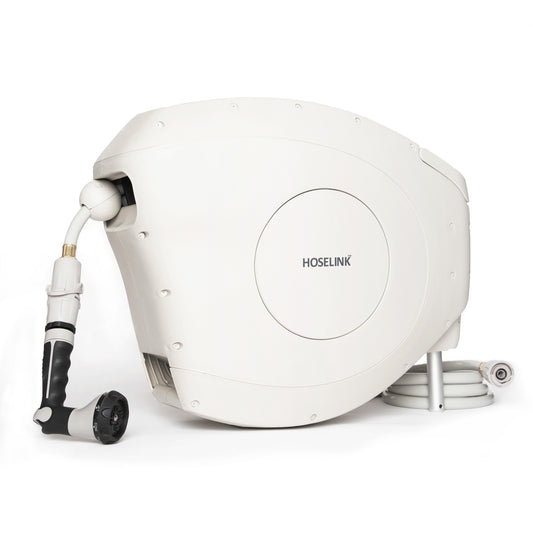
Classic 50ft Hi-Flow Retractable Hose Reel | Beige
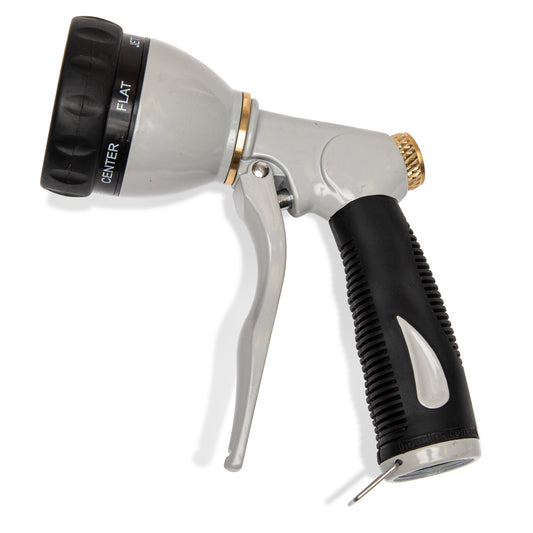
Trimming ornamental grasses
February is the ideal time for this task. The grasses are still dormant, and trimming at this point minimizes the risk of damaging emerging new growth. Aim to complete the trimming before the first signs of new shoots appear. A sturdy pair of pruning shears or hedge trimmers will make quick work of the task. Ensure your tools are clean and sharp to make precise cuts.
When trimming, leave a few inches of the existing growth standing to protect the crown of the plant. This helps insulate the base and encourages a healthier regrowth. For larger ornamental grass varieties, bundling and tying the foliage before trimming can make the process more manageable. This not only streamlines cleanup but also prevents loose blades from becoming a mess.
Ornamental grasses can have sharp edges, so wear gloves and long sleeves to protect your hands and arms during the trimming process. Safety goggles may also be beneficial to shield your eyes from any debris.If your ornamental grasses have become overcrowded or show signs of decline in the center, February is an excellent time to consider division. Lift and divide the clumps, rejuvenating the plants and providing them with ample space to thrive.
Starting a few things from seed
For those itching to dive into the gardening season early, this is the perfect time to get a head start on peppers and coleus. These 2 tend to grow slow indoors, so plan to start them with plenty of time ahead.
Peppers
Start your peppers seeds indoors 8 - 10 weeks before your last frost date, whether you are starting sweet or spicy varieties, begin by purchasing quality pepper seeds.
Sow the seeds in seed-starting mix or a fine potting mix in trays or containers with adequate drainage. Keep them warm (around 70-80°F or 21-27°C) and provide ample light. Consider using a heat mat to encourage germination if you are starting them in a cool room.
Peppers are SLOW to germinate, between 14-25 days, so be patient during this process.
Once the seedlings have developed their first set of true leaves, transplant them into larger containers. Ensure they receive sufficient sunlight or artificial light to prevent legginess.
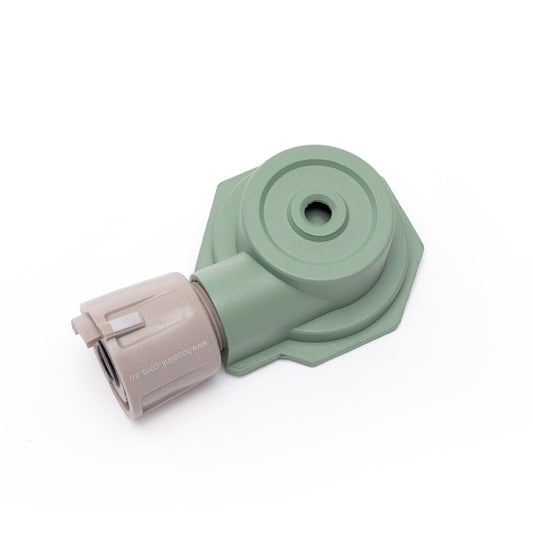
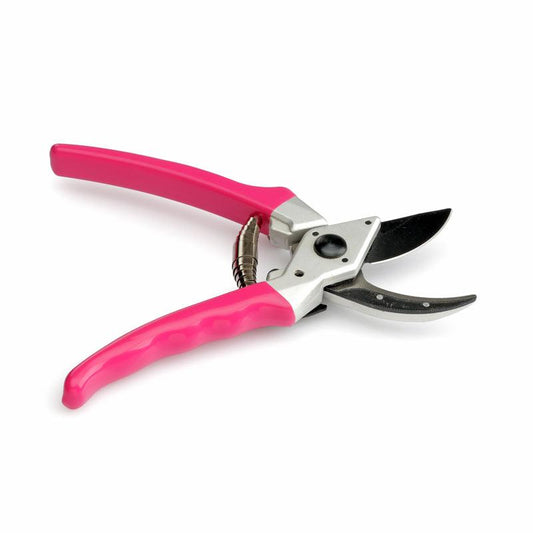
Coleus
Coleus, with its stunning foliage in a myriad of colors, adds a pop of vibrancy to both garden beds and containers. I started growing coleus from seed for the last 4 years or so, and while they take quite a long time to turn into small seedlings, they are definitely one that is easy to grow.
Start your coleus seeds indoors 8 - 12 weeks before your last frost date. Sow coleus seeds in a well-draining seed-starting mix or fine potting mix, covering them lightly with soil. Maintain a temperature of around 70-75°F (21-24°C) for optimal germination. Keep the soil consistently moist.
Once the coleus seedlings have grown to a manageable size, transplant them into larger containers, most coleus thrives in partial shade but there are a lot of varieties that also love full sun but can adapt to different light conditions.
As we get down and dirty in the cleanup process, the prospect of sunny days, the hum of busy bees, and the sweet scent of blossoming flowers is practically within reach (Can you feel it?). Sure, there might be a few days invaded by those pesky mosquitoes, but hey, that's a small trade-off for the thrill of witnessing our garden dreams coming to life. So, let's roll up those sleeves and walk through the tasks of this month with the end goal in mind: a backyard sanctuary exploding with color, fragrance, and the sheer excitement of a fresh growing season right on our doorstep.

Happy gardening friends! 🌿🌞
If you enjoyed this blog and would like to see more from Roxana, you can visit her YouTube channel via this link:

